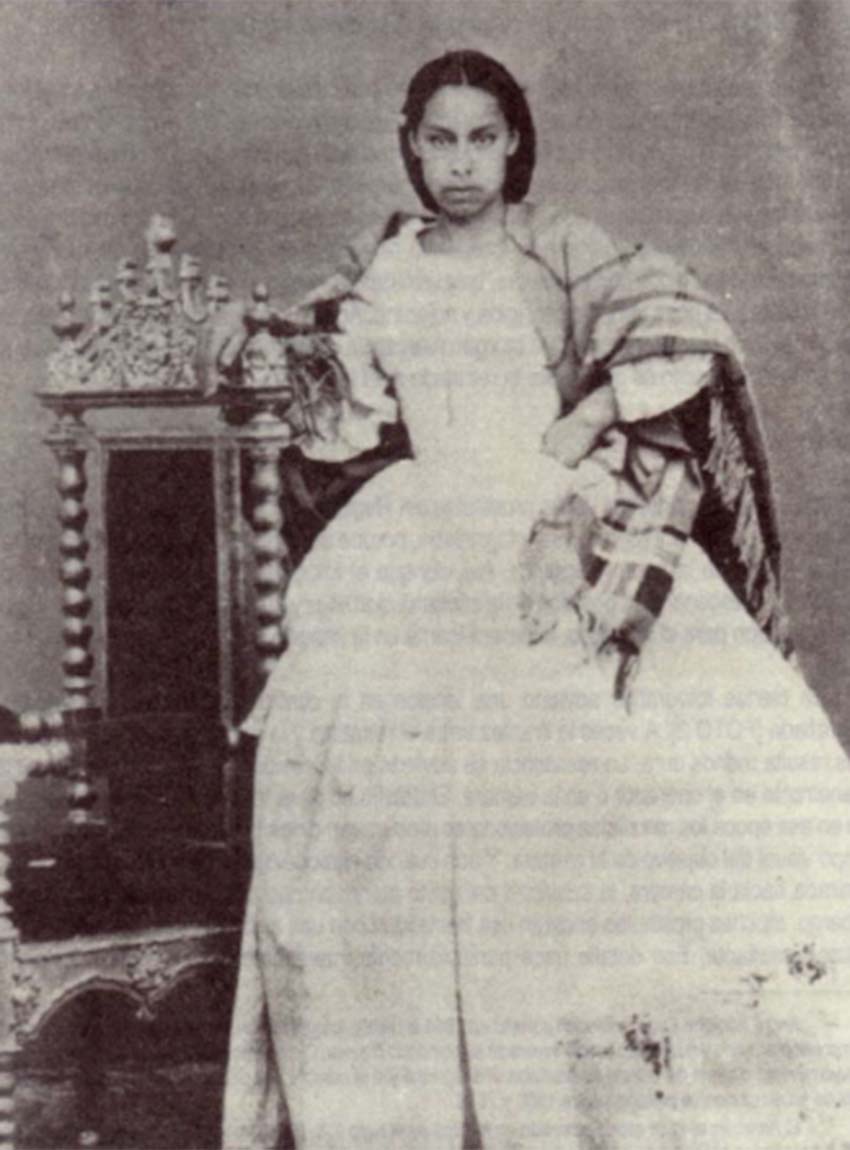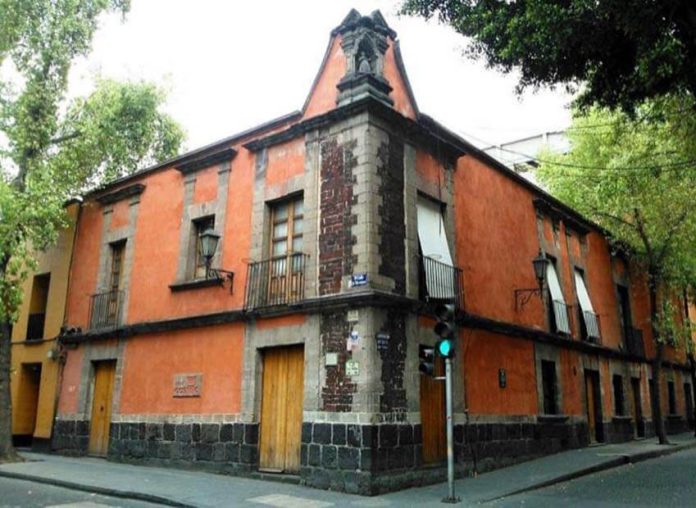I’m standing in front of the first casa de tolerancia in Mexico City – you’d call it a brothel today – with historian and tour guide Genevieve Galán. What is today one of the city’s oldest Lebanese restaurants has suddenly taken on a completely different look: I can picture the women entertaining their male clients in the walled-in courtyard and then at some agreed-upon moment leading them upstairs to complete the trade of bodies for cash.
As Galán explains, this building was designated by the colonial-era Catholic Church in Mexico City as a necessary evil. The church created a place where it might control these wanton women and “keep them safe” from nefarious elements like pimps and abuse.
“People say that during the viceroyalty, they were so intolerant and that modern societies are the tolerant ones, but what you find is the opposite. Nineteenth-century society acted as if [prostitution] didn’t exist, as if it weren’t happening,” says Galán, “In the 16th and 17th centuries, there was an attitude that ‘it’s going to happen, it exists,’ so better to contain it in one part of the city.”
There were rules, of course. Women had to be older than 12 and technically orphans, with no family to take them in. They also had to have experience, meaning no virgins could live here.
Also, the Casa de Gallas, as it was known, wasn’t free. Women had to pay rent to live there.

Even though prostitutes could make up to 25 times the salary of a cook or a washerwoman, in the end women found it more economically viable to work clandestinely in hotels and brothels around the city, outside of official control.
Galán, a local historian, has spent years studying the social and political nuances of this salacious trade, among other topics that touch on the history of sexuality and the body.
Inspired by historian Sara Matthews’ writing about similar topics in relation to the Renaissance and the Enlightenment, Galán pursued her undergraduate and master’s degrees in history here in Mexico City and went on to study in France under Georges Vigarello, a sociologist of the body, at the School for Advanced Studies in the Social Sciences in Paris.
When not teaching or fulfilling the million other commitments of her academic life, Galán likes to wander the city and imagine its history through the various lenses of her research.
Today, she’s giving me the Sex in the City tour. While playing off the name of the lighthearted 1990s comedy that ran on TV for years in the United States, the tour deals with much darker themes — that of the complex history of sex and sexuality that has shaped Mexico City since Spanish colonization.
“What I think is interesting is the metaphor between the city and the bodies of women,” Galán says. “In this era, the idea of honor was super-important. It’s said that the elites of the time were extremely controlling, but that is because they believed that if women weren’t controlled, watched over, the luck of the king and the luck of the city were at risk. So there was a need to set aside these spaces.”

She takes me to the former grounds of the Recogimiento de Santa María Magdelena, an expansive complex that once held women found guilty of sexual deviancy crimes. The most common was the crime of “stealing a man” and forcing him to have sexual relations with her.
Social mores at the time dictated that after these trysts, the man had to marry the woman, but if he refused, she was seen as the guilty party and sent here to work and pray for repentance. In the 18th century — when it was no longer believed that women could repent and be introduced back into society but that they should be locked away for their own good — the complex converted to a jail.
“Women who were rebellious, who drank too much, lots of cases of dementia that weren’t understood as dementia at the time, were all brought here,” Galán says.
As we wander through Mexico City’s historic downtown, she explains how attempts to control women’s bodies and income were just the beginning. Race, social status and family bloodlines were factored into the notions of what should be done with women, who as sexual beings were considered uncontrollable and as humans viewed as little more than children in need of protection.
“For a long time, [biblical] original sin — when Eve bit the apple — was thought of as the sin of pride, of vanity,” Galán says. “In the 16th century, this started to change, and it started to be seen as the sin of sexuality.
“So there is this idea that women, through the bloodlines, were the ones who passed along good and bad habits. So, if you stepped out of line, then you would pass on those sinful habits to your children and, again, this was a risk to the success of the kingdom — and the city was a microcosm of the kingdom.”

This is a tour full of difficult stories — of how women at the time had few life options besides the convent, marriage or prostitution — but it’s also a fascinating time capsule of colonial Mexico City and the intricate negotiations that played out in the lives of women (and men) of the era.
To tour the city with a historian is a unique treat. Galán flows forth with information in a way that only comes with intimate knowledge about her topic. She’s also a wealth of knowledge about the city’s architecture and general history, pointing out the resting place of Hernán Cortés or stopping to show me the working studio of Mexican artist Joaquín Clausell and his exquisite sketches of the human form hidden in one of the rooms at the Museo de la Ciudad de México.
By the end, we have covered everything from venereal diseases to apparitions of the devil and the caste system of colonial Mexico.
A unique approach to the city’s history, Galán’s Sex in the City tour allows you to see the capital through a completely different lens than any other tour I know. As a woman, you can’t help but wonder — if you had you lived during that era, would you have been a sinner or a saint?
• To book a tour with Galán, contact her at ggalantames@gmail.com
Lydia Carey is a regular contributor to Mexico News Daily.
